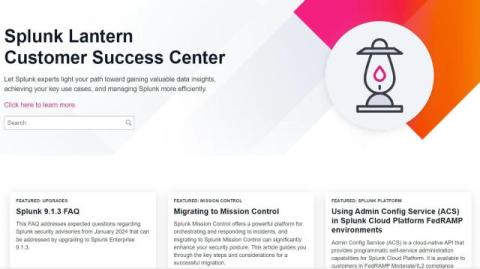APAC in 2025: A Harder Look at AI, Data and Cybersecurity Standards
This year has been transformative for technology, reshaping the business landscape with groundbreaking advancements and unprecedented challenges. Generative AI continues to unlock new possibilities, while cybersecurity threats have escalated to new heights. Across APAC — a fast-emerging global innovation hub — businesses have grappled with the twin forces of regulatory evolution and technological breakthroughs.





